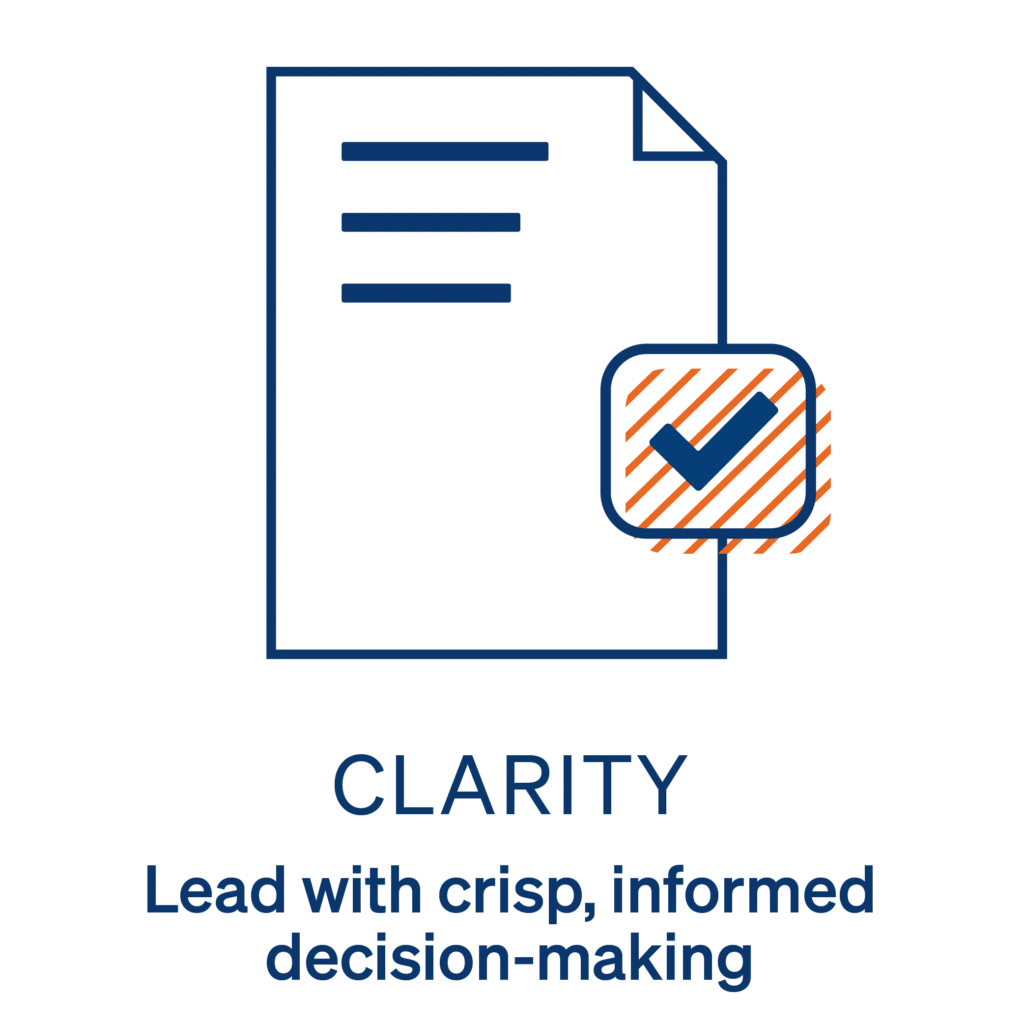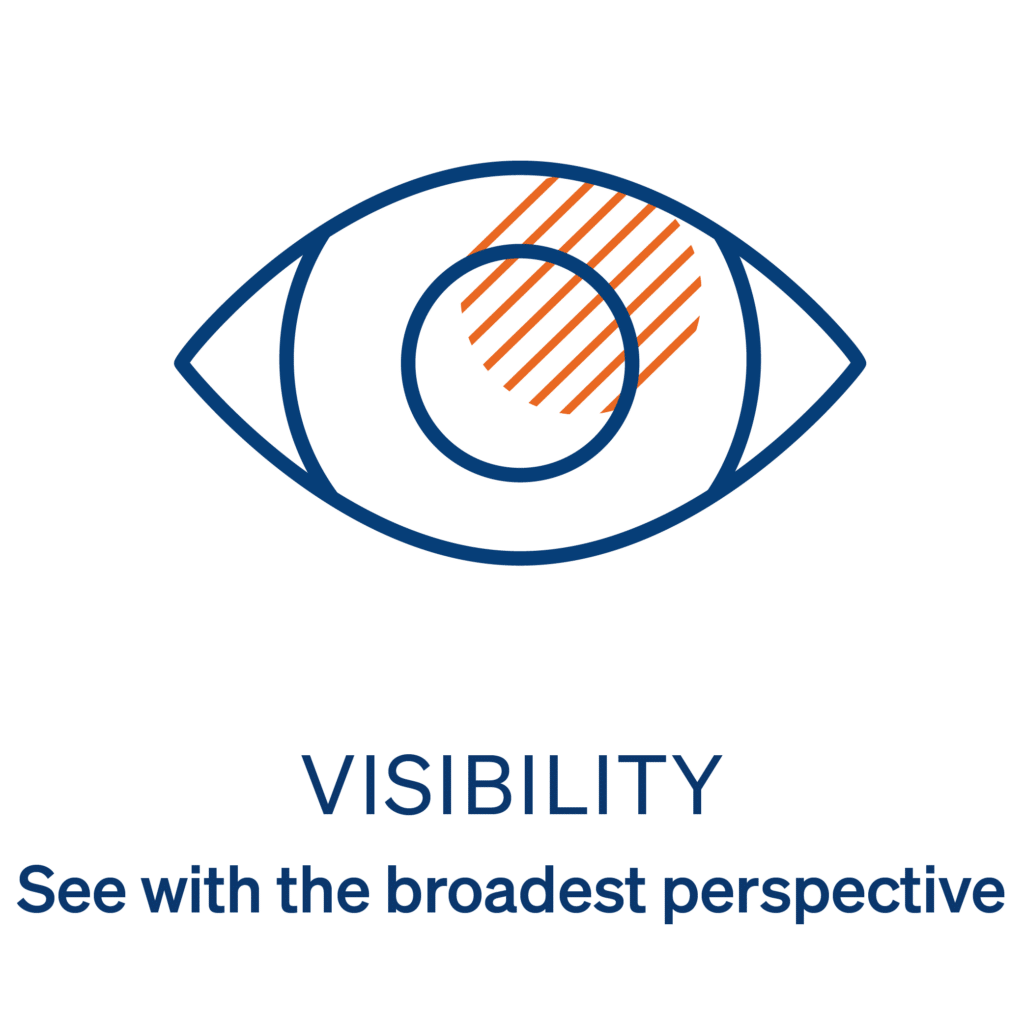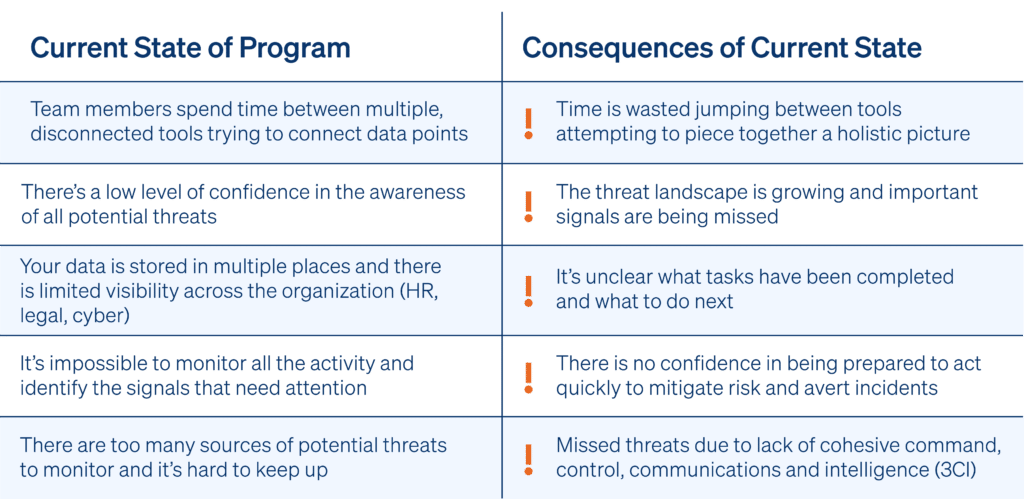Navigating Corporate Security Through Times of Chaos
The threat landscape has been evolving at a rapid rate that has been worsened by matters such as geopolitical conflicts, social justice issues, and economic unrest. So, how can risk leaders best protect their organizations regarding reputational risk?

Corporate security groups continue to be stretched thin, juggling multiple priorities within a constantly evolving environment. Risks have been non-stop since the 2020 election, compounded by protests related to the pandemic, social justice issues, and economic unrest. As these
priority issues become monitoring requirements, new threats have appeared to conflagrate matters further.
The ongoing effects of these events are now priority items, alongside monitoring threats against executives, assets, and business operations. With so much happening, risk leaders must also evaluate the best way to protect their organization regarding reputational risk.
So, what should security professionals consider when navigating the risks in the wake of extremism, unrest, and polarization?
Technology as an Enabler to Minimize Organizational Risk
Regardless of what’s happening in the world, risk leaders are essential to supporting organizations in avoiding business disruption, ensuring operational effectiveness, and maintaining regulatory compliance. Technology is critical to accomplishing this and keeping up with the rapid pace
at which threats evolve.
However, you must ensure you have the right technology in place and that you’re not using a wide variety of solutions. Unifying your threat database, data sources, research tools, and existing systems and workflows provides a holistic view of the end-to-end threat landscape, enabling teams to work efficiently to monitor and mitigate risks unique to your company.
Strategic adoption of technology that allows for shared research will also enable you to optimize your team’s research capabilities and efforts with integrated search tools in one place for a comprehensive view of threats, informed assessments, and thorough investigations.



Here are some typical issues that security teams face and how a modern cloud-based platform,
like Ontic, can assist in anticipating and reducing corporate liability during unprecedented times of chaos.

While having the right technology in place is important, there are a few other tactics corporate
protectors can put into practice when it comes to hot-button political issues and social unrest.
On a practical level, here are a few suggestions to consider:
7 Practical Considerations for Security Teams
01
Review protocols that are currently in place.
Now is the time to review emergency action plans, baseline threat assessments, and communication protocols and keep the information flowing amongst teams.
02
Identify key stakeholders.
Cultivate relationships with critical partners in your organization to stay in the loop about the organization’s current public stances and any upcoming changes.
03
Understand your baseline and monitor changes.
Be sure your strategic risk assessment has been updated recently to reflect any changes in your organizational structure and physical footprint. If you don’t have one,
now is the best time to create one.
04
Take incremental action to protect personnel and assets.
As your baseline risk assessment changes, consider ways that you can ramp up your security posture in appropriate ways as the situation changes.
05
Understand the proximity of threats to your physical footprint.
Consider the geographic regions that are most critical to your organizations and the tripwires that would be most likely to disrupt your operations in these areas.
06
Consider second-order impacts.
Ensure communications channels are open between security, legal, and HR so all stakeholders can stay on the same page and respond quickly and appropriately to any emerging problems within the organization
07
Remain resilient, calm, and flexible.
Protecting executives and companies in this environment will take flexibility and adaptable processes.







